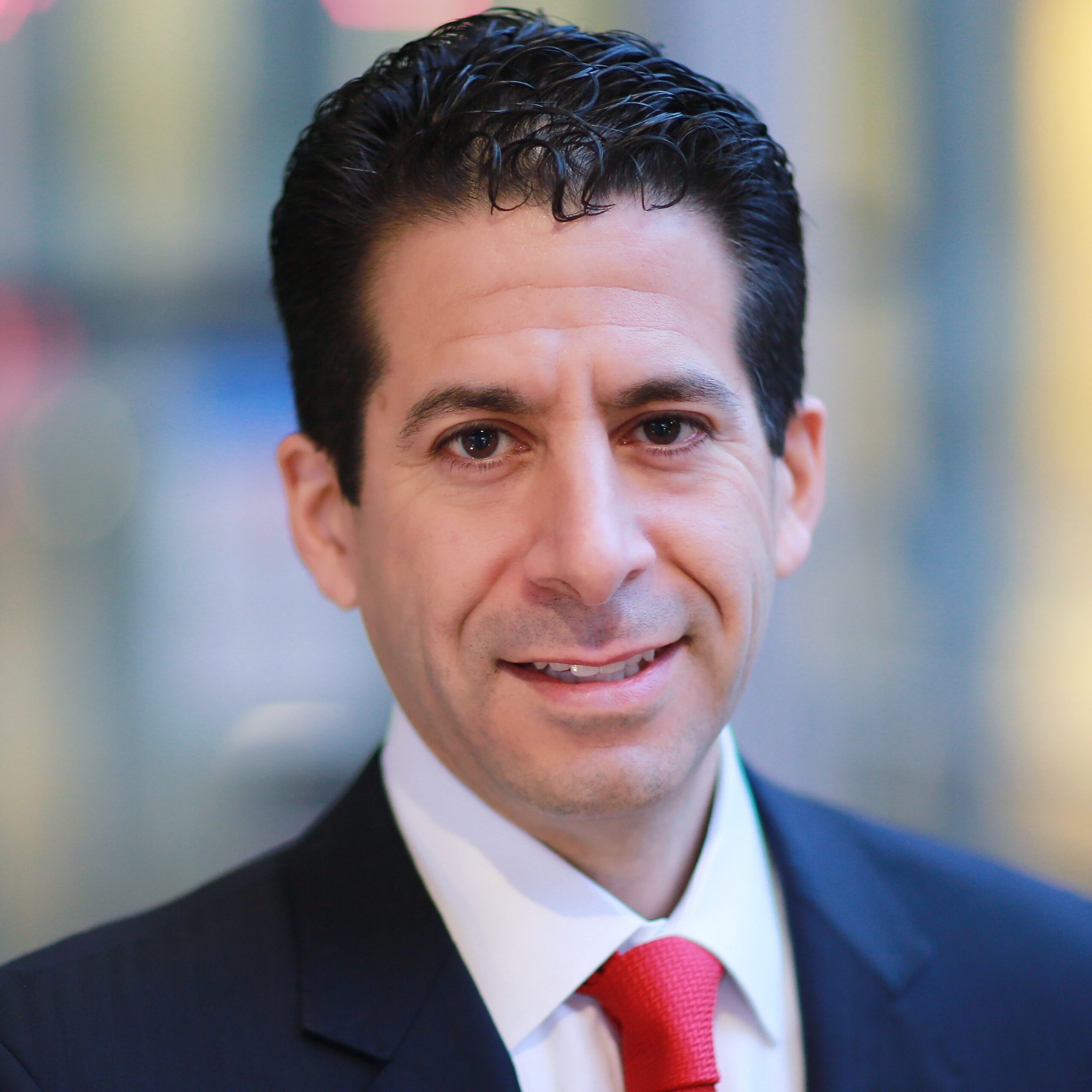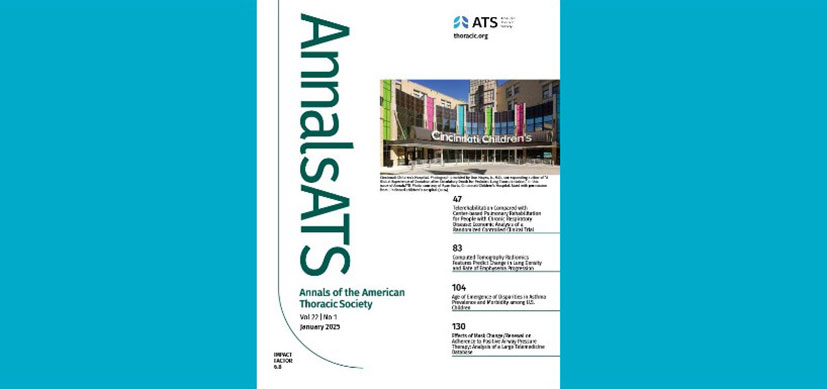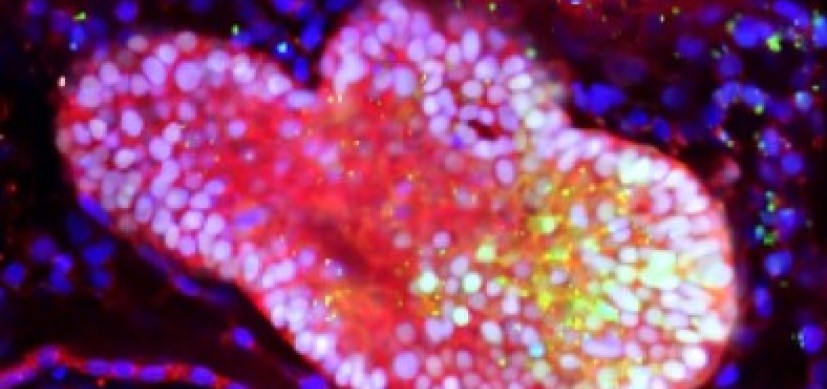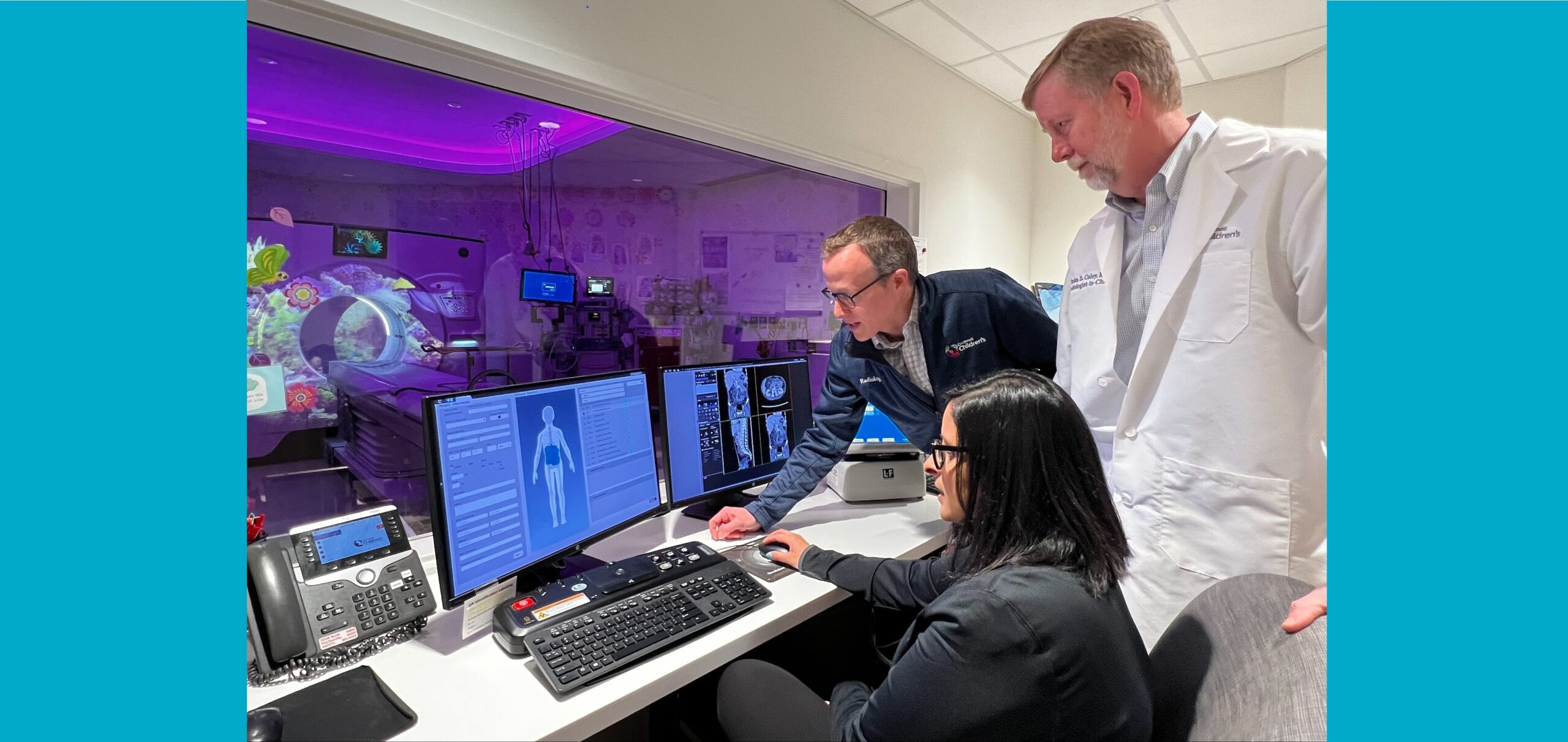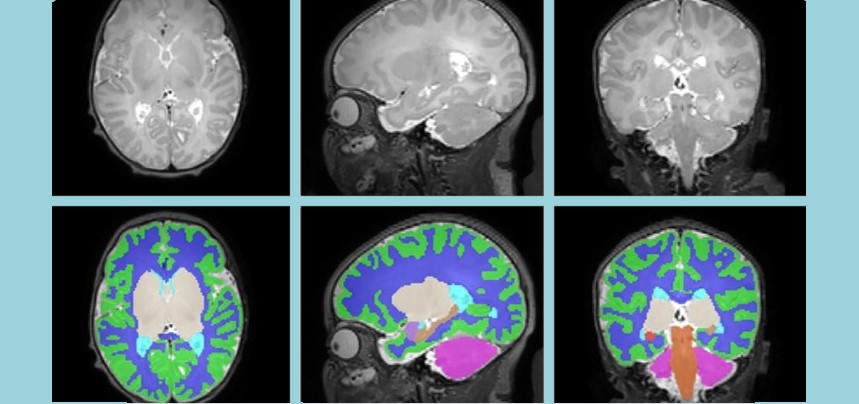Novel Lung-then-Heart Transplant Leverages New Organ Transport Tech
Research By: David L.S. Morales, MD
Post Date: September 26, 2024 | Publish Date: Sept. 12, 2024
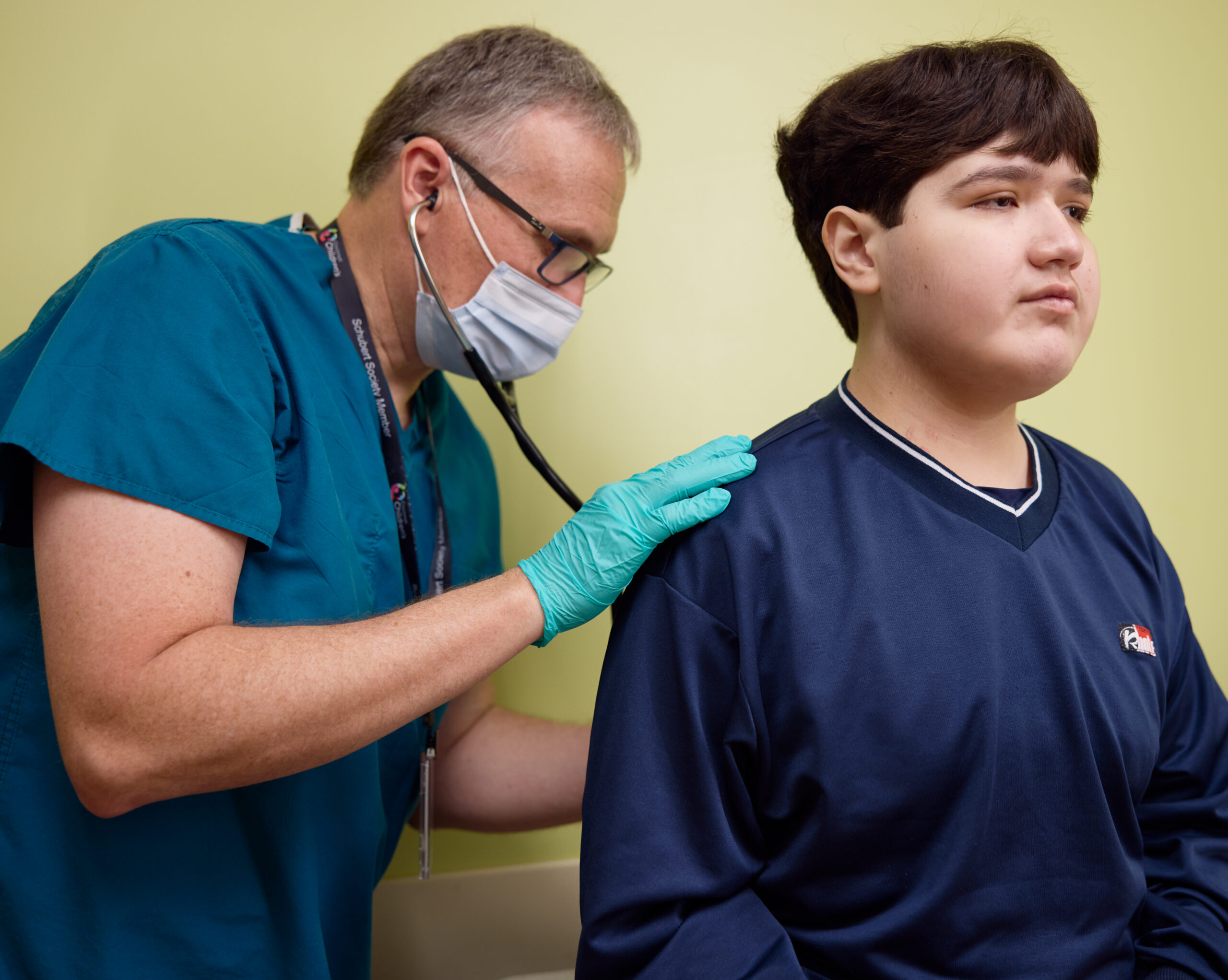
Rare procedure benefits from innovation that allows organs to come from farther distances, increasing the chances of a match.
In March, a Cincinnati Children’s team performed a sequential lung-then-heart transplant with organs traveling separately for a total of 12 hours outside of the body. This has never been done before, and it gave 15-year-old Adrian the chance at life he needed.
On Sept. 12, 2024, experts involved described the case in The Journal of Heart and Lung Transplantation
Normally the heart and lungs are transplanted together. In this case, the organs were transported separately using a new technology to keep them viable longer. Therefore, Adrian’s new lungs were transplanted first followed by the heart, all during the same operation.
Congenital Condition Leads to Adrian’s Need for a Transplant
Adrian was born with Castleman disease. Because of that, he later developed bronchiolitis obliterans which led to a decline in his lung function. While being evaluated for a lung transplant, a heart condition was also uncovered. It was determined that Adrian would need to have both heart and lungs transplanted.
Waiting on the transplant list can be a long and arduous process. There is a shortage of pediatric organs available in the United States. Mortality rates while waiting for pediatric heart-lung transplants can be as high as 50%.
Trailblazing Technology Expands Organ Retrieval Options
The Cincinnati Children’s team improved the chances of finding organs for Adrian by taking advantage of TransMedics’ Organ Care System (OCS). The OCS is a portable organ delivery system that perfuses organs while they are being transported. Organs remain viable longer in the OCS than when using the traditional method of transporting organs on ice. That means organs can come from farther distances.
“Procuring organs from such great distances is instrumental to reducing the time children spend on the transplant list,” says David L.S. Morales, MD, executive co-director of the Heart Institute at Cincinnati Children’s, and one of the surgeons who performed the transplant. “We used the OCS in this case since our patient had already been waiting a year. That allowed us to get organs from anywhere in the country, which increased the area from which an organ could be retrieved by 400%.”
Shaping Healthcare for the Future
A disparity exists for children who need organ transplants, because fewer organs are being donated than in the past.
“There has been a dramatic drop in pediatric donors for solid organ transplant candidates that has been ongoing since the late 2000s,” says Don Hayes, MD, medical director of the Lung Transplant Program and another of Adrian’s surgeons. “That’s affecting outcomes. Using the Organ Care System allows us to optimize outcomes for children and minimize the disparities they face so they can undergo procedures that are highly important for their survival.”
At two months out from receiving a new heart and lungs, Adrian was out of the hospital, on room air, eating, walking, participating in rehabilitation, and returning to his normal life. “He’s doing extraordinarily well,” Hayes says.
Cincinnati Children’s is doing what no other institution is doing by leveraging this cutting-edge technology and advanced surgery techniques to greatly improve the chances of patients on the transplant list finding possible donor matches sooner.
| Original title: | Expanding the Donor Pool: Sequential Double Lung then Heart Transplant Using Ex-Vivo Normothermic Perfusion |
| Published in: | The Journal of Heart and Lung Transplantation |
| Publish date: | Sept. 12, 2024 |
Research By
